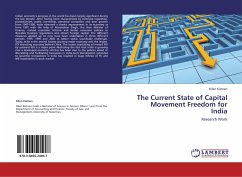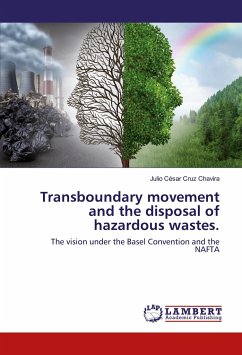Indian economy s progress in the world has been largely significant during the last decade. After having been characterized by extensive regulation, protectionism, public ownership, pervasive corruption and slow growth from 1947-1990, India observed a drastic improvement in its economy as from 1991 with the help of Manmohan Singh, the then Minister of Finance, revived economic reforms and better economic policies to liberalize business regulations and attract foreign capital. The different measures applied up to now have been undertaken in three different periods- 1991, 1995 and 2005 to better tackle worldwide challenges. Today, India is the second fastest growing major economy and the largest FDI attracting economy behind China. The recent overtaking of inward FDI by outward FDI is a major point illustrating the fact that India is growing into a developed economy. All this has been due to the policies aimed at liberalizing and facilitating businesses in India.Such liberalizationextended to securities transactions in India has resulted in huge inflows of FII and NRI investments in stock market.








